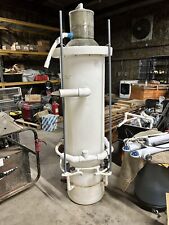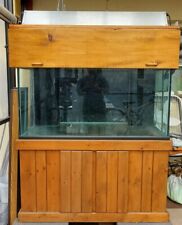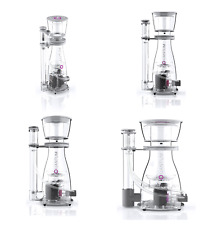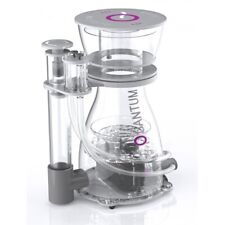FAQ: Breeding Pet Rats

What should I look for when choosing rats for breeding?
The most important thing is a record of good health for both potential parents. It is also preferable if their parents lived long and healthy lives. Look for good eyes and coat, quick alert movements and a healthy appetite.
How old should a breeding pair be?
The ideal age to begin breeding is between 5 and 8 months old. They are capable of reproducing after just 3 months but experience shows that rats are generally not mature enough at this stage.
What sort of cage is best?
Rats are such inveterate gnawers that a softwood cage would never contain them. Suitable cage-building materials include hardwood, molded plastics, glass (aquarium) and wire mesh – the mesh being less than 6mm in diameter to prevent entry by house mice. Rats should be kept in a cage of minimum size 75cm x 30cm x 30cm. This is the minimum for a breeding pair, but is by no means ideal. Rats need a gnawing block, and provision for tunneling and climbing. Lengths of piping offer a prefect substitute for burrows.
What time of year is best for breeding?
Since rats are generally kept indoors in the warmth of the family home, it is not usually necessary to consider the time of year, However, if they are kept in a shed or garage, you should arrange for breeding to occur in the warmer months.
When will the female be ready?
The does come into season every 4-5 days throughout the year, and immediately after giving birth. Always introduce the doe to the buck’s accommodation, and only once it is clear she is pregnant move him to another cage. If left with the doe, the buck may mate with her again after birth and there is also a danger of him harming the young.
How will I be able to help?
Do not handle the doe too much before birth. If you need to lift her, make sure you support her very well. The doe’s diet must be adjusted for her pregnancy: continue the normal diet but ensure that she gets enough calcium. Brown bread soaked in warm cow’s milk is a good way to provide this. After birth, you should avoid all contact with the young for the first few days. If after that the mother seems relaxed, you can attempt to handle the young rats. However, be very careful if the mother shows any signs of being stressed by this. It is occasionally reported that females will cannibalize their young in stressful situations.
How long is the gestation period?
The average length of pregnancy is about 3 weeks, 22 days being the normal. Expect between 6 and 12 young in the litter, although litters of 20 are not unheard of.
How do I know that the young are healthy?
Birth weights vary with the size of litter, the larger the litter the smaller the offspring. They are born very immature – hairless, with eyes and ears closed. Hair begins to grow within the first week, and and ears and eyes are open by the end of the second week. During the third week the young will be moving about a little, and eating a little solid food such as brown bread soaked in warm milk.
When will the young be independent?
Weaning begins at 3 weeks, and the mother may be removed as soon as you are sure they are self-sufficient. Young rats should be segregated according to sex by the 45th day, otherwise unwanted mating may occur.













